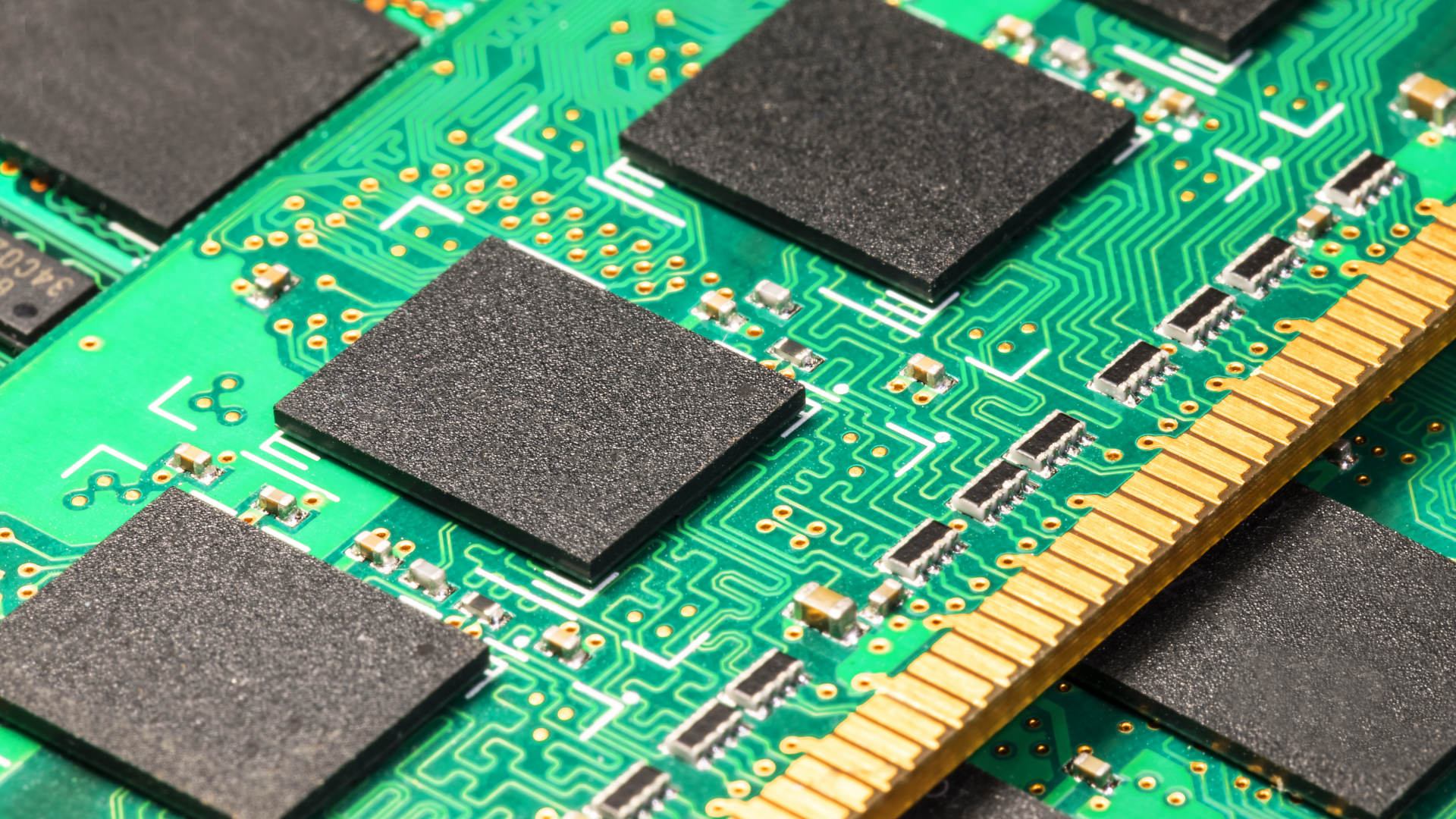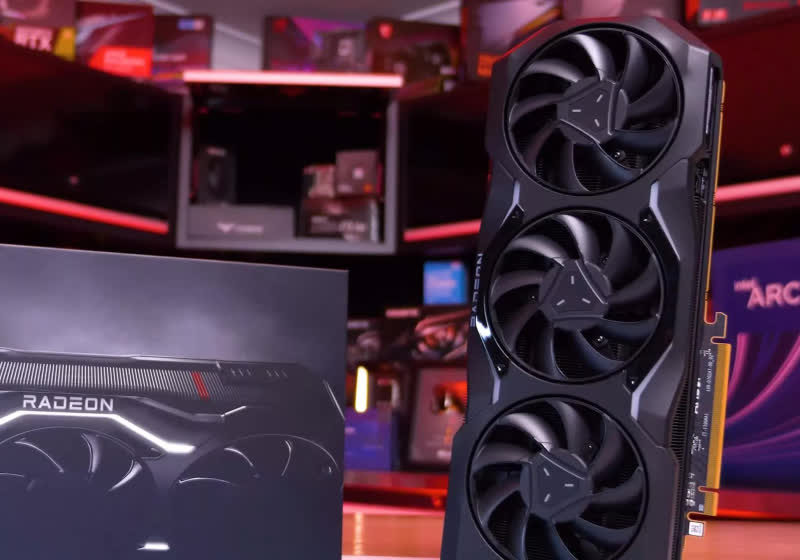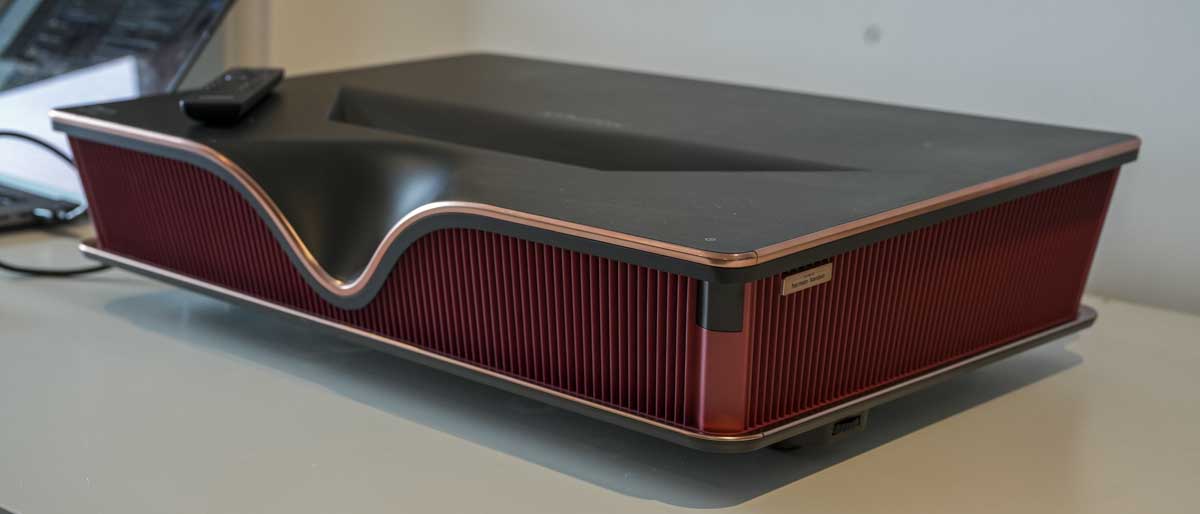DDR6 looks set to double data speeds over DDR5, with DDR6-21000 being the ultimate target
Development is still ongoing so don't expect to see it any time soon, though.

Every processor is limited in some way by the speed of memory, and DRAM manufacturers are pushing ahead with the development of DDR6, the next generation of RAM after DDR5. Details from Synopsys show that the technology is on target to finalise next year, with data speeds of up to 17,600 MT/s and the potential to reach 21,000 MT/s or DDR6-21000.
News of the progress, plus information about the fundamental changes in DDR6 compared to DDR5, were given via a presentation by Synopsys, who manufacture RAM controllers and interfaces. That was shared/leaked by Twitter user Darkmont, but it's also backed up by a JEDEC presentation on LPDDR6 (via Videocardz), with both documents going into a lot of detail about the forthcoming RAM technology.
At the moment, DDR5 tops out at around 8,400 MT/s (aka DDR5-8400), though LPDDR5x is a smidgen faster at 8,533. While we'll probably see some hugely expensive DDR5 kits that run quicker than this at some point in the future, we're unlikely to break the 10,000 MT/s barrier at an affordable price with DDR5.
According to JEDEC and Synopsys, DDR6 is on track to launch at 8.8 Gbps and eventually reach 17,600 MT/s, with a dizzying 21,000 MT/s being potentially achievable. At the moment, JEDEC and its associates are undecided as to what signalling mode to use (PAM or NRZ), hence why the target date for launch isn't until the second half of 2025. LPDDR6 isn't expected to be quite as fast, but a peak of 14.4 Gbps isn't to be sniffed at.
Internally, DDR6 memory chips will be quite different to DDR5 ones, in that rather than using dual 16-bit data channels per module, the new design will use dual 12-bit channels instead. The faster data transfer rate offsets the narrow data channels, so a single DDR6-17600 module has an effective bandwidth of just under 47 GB/s.
If that doesn't seem quite right, it's because a DDR6 module transmits 288 bits per cycle, but only 256 bits of that is actual data. So the formula for calculating the effective bandwidth is 17000 x (256/288) x (12/8) x 2. The fastest DDR5 you can buy is 33.6 GB/s per module, so you're getting around 40% more bandwidth.
Compared to the peak bandwidths of GDDR6 and GDDR6X, that might not seem like very much, but for system RAM, it's a much-needed boost. That's especially true for laptops and handheld gaming PCs, many of which currently use LPDDR5X to keep the power consumption down but still get decent performance.

Best CPU for gaming: The top chips from Intel and AMD.
Best gaming motherboard: The right boards.
Best graphics card: Your perfect pixel-pusher awaits.
Best SSD for gaming: Get into the game ahead of the rest.
Intel's mobile-focused Lunar Lake chips have RAM chips directly embedded into the package, just like Apple does with its M-series of processors, so you can't upgrade the RAM to anything faster than what it already comes with. Since the DDR6 spec isn't finalised yet, there's no chance that Intel has made the memory controller in Lunar Lake DDR6-compliant, but I suspect its successor certainly will be.
So when can we expect to see desktop CPUs supporting DDR6? AMD may choose not to for the lifespan of its AM5 platform and just stick with increasing the base DDR5 support, which is currently only 5.2 Gbps. Intel changes platform more frequently than AMD but it too is likely to stick with DDR5 for Arrow Lake and Panther Lake.
In other words, while the spec may well be ready for manufacture next year, don't expect to see it being used in a gaming PC for another year or two after that.

























.jpg?#)




